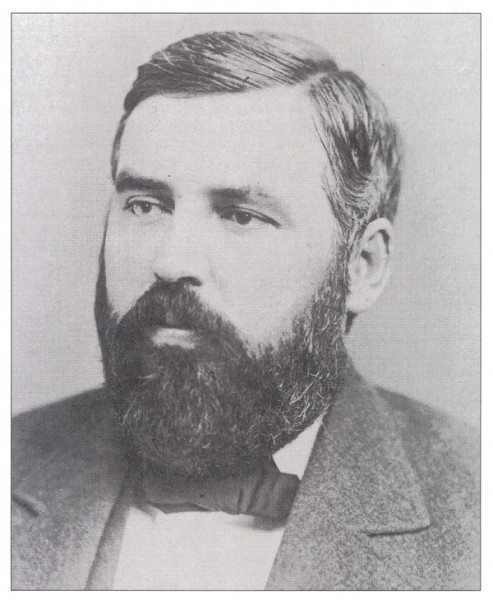Archives – Spring 2000

James Craig Watson
In the mid-19th century, a slight anomaly in Mercury’s orbit proved a bafflement to astronomers.
Unable to reconcile observation to what Newtonian mechanics predicted regarding the planet’s path, French astronomer U.J.J. LeVerrier, whose calculations resulted in the discovery of Neptune in 1846, hypothesized the existence of a planet or planets between Mercury and the Sun. At LeVerrier’s request, U.S. astronomer and National Academy of Sciences member James Craig Watson (1838-1880) tried to observe the proposed planet.
Viewing the 1878 solar eclipse from Separation, Wyoming, in the Rocky Mountains, Watson claimed to have seen not one but two planets between Mercury and the Sun. Watson’s claim was rejected by most scientists, and we know now that there are no planets in this area. What Watson saw was probably a pair of comets. But Watson’s driven belief in his discovery survived him. His estate included funds for astronomical research, and the first grant went to a researcher hunting for the phantom planets.
